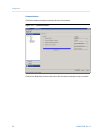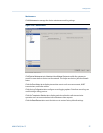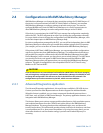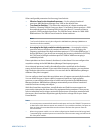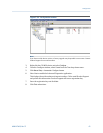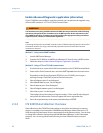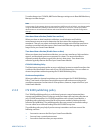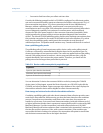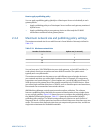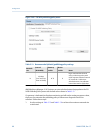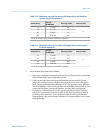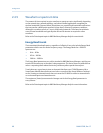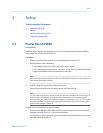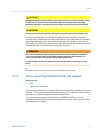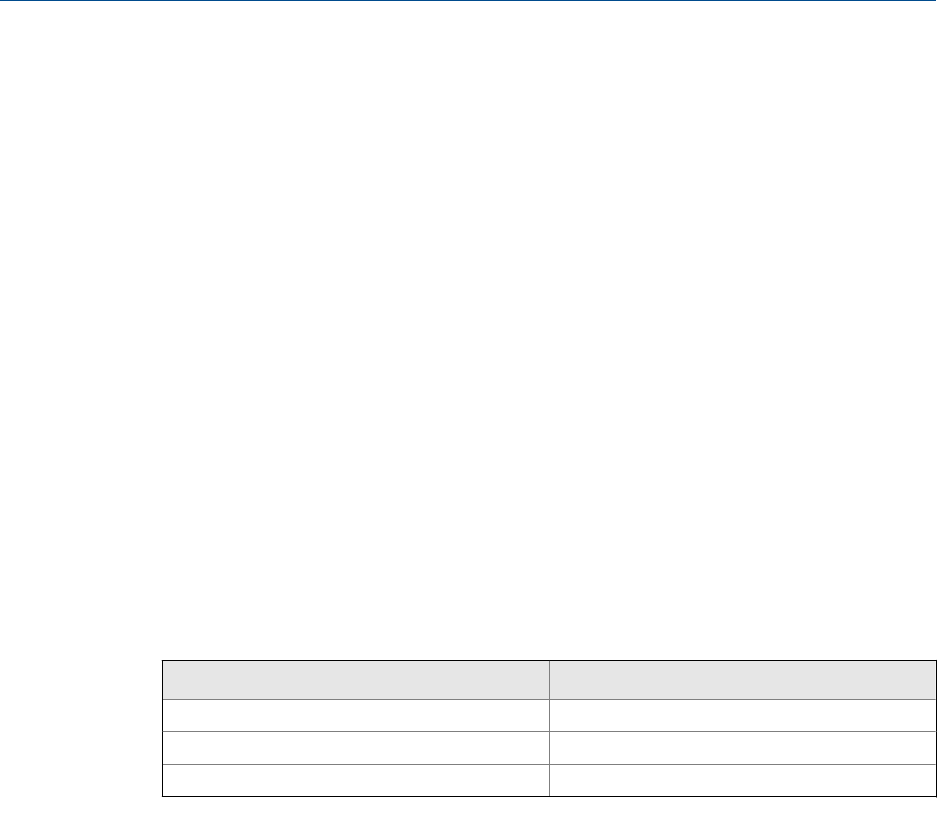
• You want to limit how often you collect and store data.
Consider the following example in which a CSI 9420 is configured for a 60 minute update
rate and to request the PeakVue spectrum whenever the PeakVue value exceeds 10 g's. If
the measurement stays above 10 g's for an extended period of time, AMS Machinery
Manager, without a publishing policy, would request a new spectrum with every
measurement or once every hour. Each subsequent spectrum adds relatively little value in
terms of diagnostic capability, but continues to consume power, which needlessly
shortens the life of the power module. It also consumes unnecessary bandwidth, which
might jeopardize the system's ability to retrieve pertinent diagnostic data from other
devices. The default CSI 9420 publishing policy would restrict duplicate transmissions from
this particular transmitter for two weeks. If the PeakVue level were still above 10 g at that
time, then the publishing policy would permit the transmitter to send through an
additional spectrum. This pattern would continue every 2 weeks until the issue is resolved.
How a publishing policy works
The publishing policy is based on gateway credits, device credits, and a polling interval.
Credits are consumed by automated data collection based on the acquisition type. On-
demand acquisitions do not consume credits. The credits are applied and used per polling
interval. If the polling interval is too short, a device may send data too often, clog the
network bandwidth, and run down the power module. Therefore, you should set the
polling interval to the longest time period that is practical.
Device credit consumption by acquisition typeTable 2-9:
Acquisition Credit
Spectrum (time-based or alert-based) 1
Waveform (time-based or alert-based) 2
Spectrum or Waveform (on-demand) 0
You can determine if a device has consumed all of its credits by viewing the CSI 9420
device status. In Data Import, expand the Device Hierarchy to a CSI 9420, right-click the
CSI 9420, and select Get Status. A status message at the bottom of the screen displays the
date and time when the device will be eligible to collect data automatically.
Data storage and retrieval order with alert-based data collection
Combining a publishing policy with alert-based automated data collection provides more
control over data collection, while ensuring you have the latest data when the conditions
worsen. If more than one transmitter sends alerts at the same time, the requests are
handled on a first come, first served basis. Newer transmitters (units with software rev 6.0
or higher) will retain the alert data in a protected memory buffer until it is retrieved by AMS
Machinery Manager. For older transmitters (units with software below rev 6.0), AMS
Machinery Manager will retrieve whatever data is contained in the transmitter's memory at
the time the request is processed. Also, with a newer transmitter, if the condition gets
worse while the data is waiting to be retrieved, the transmitter will update its stored data
with the latest measurement due to the higher alert level.
Configuration
64 MHM-97408, Rev 15



